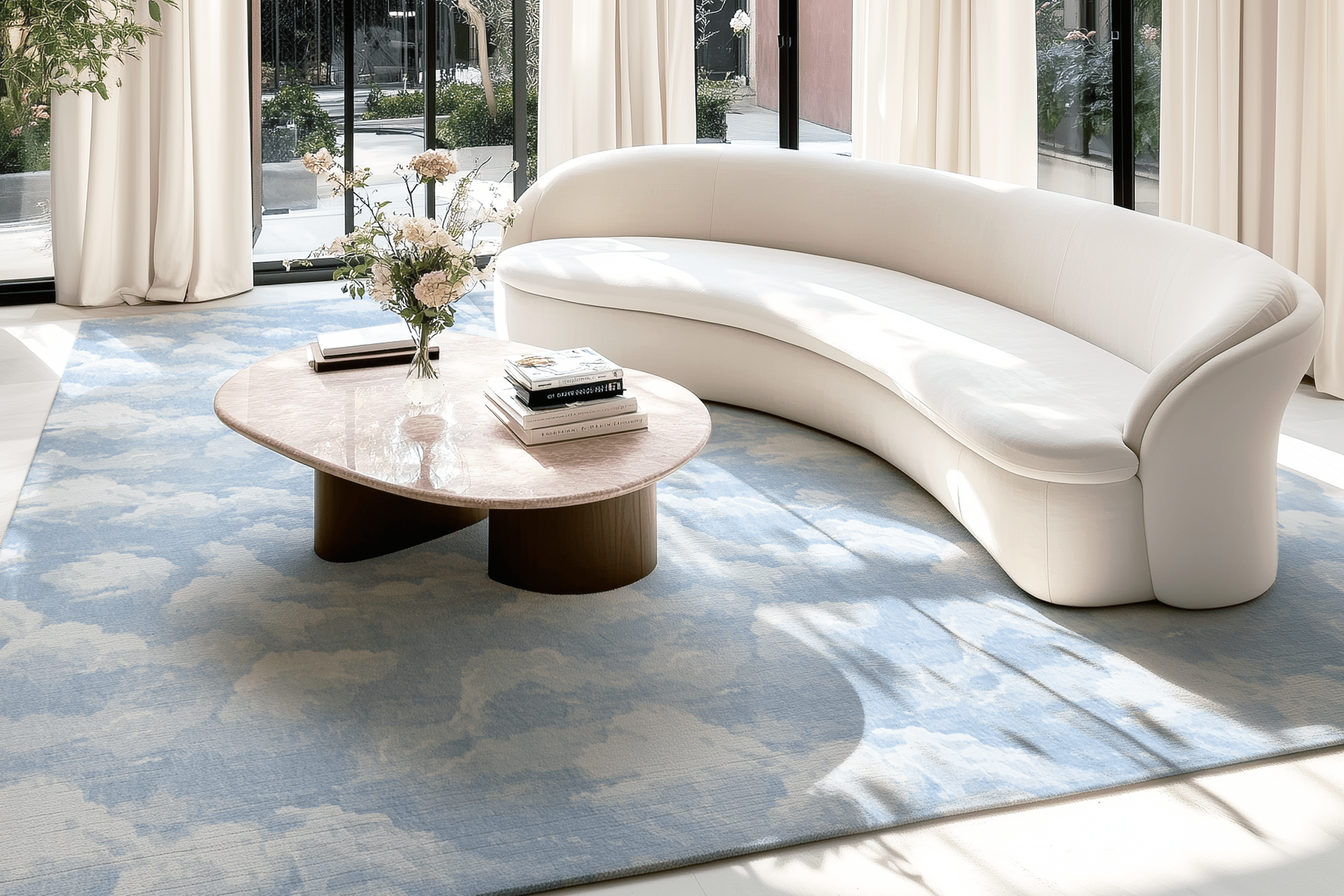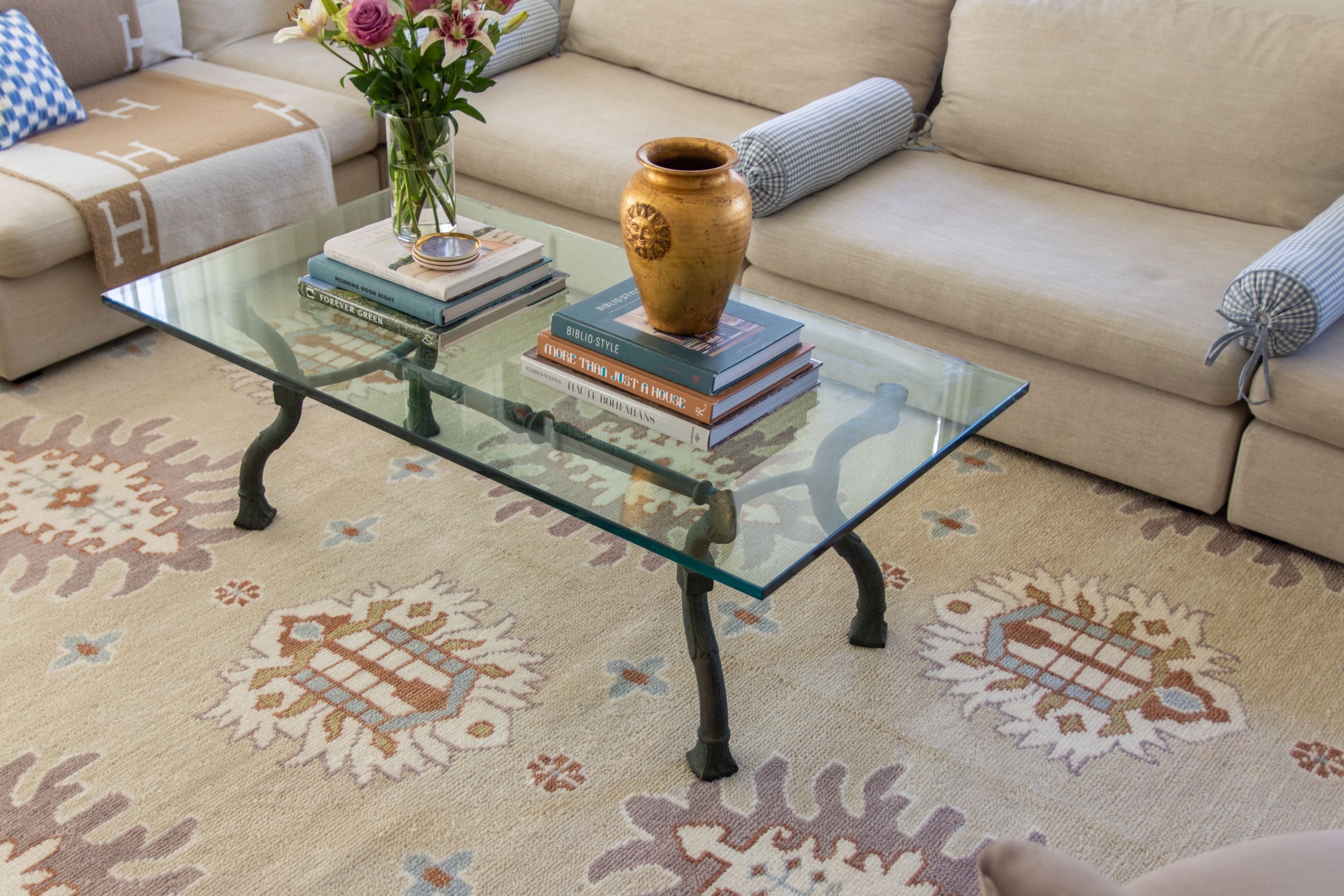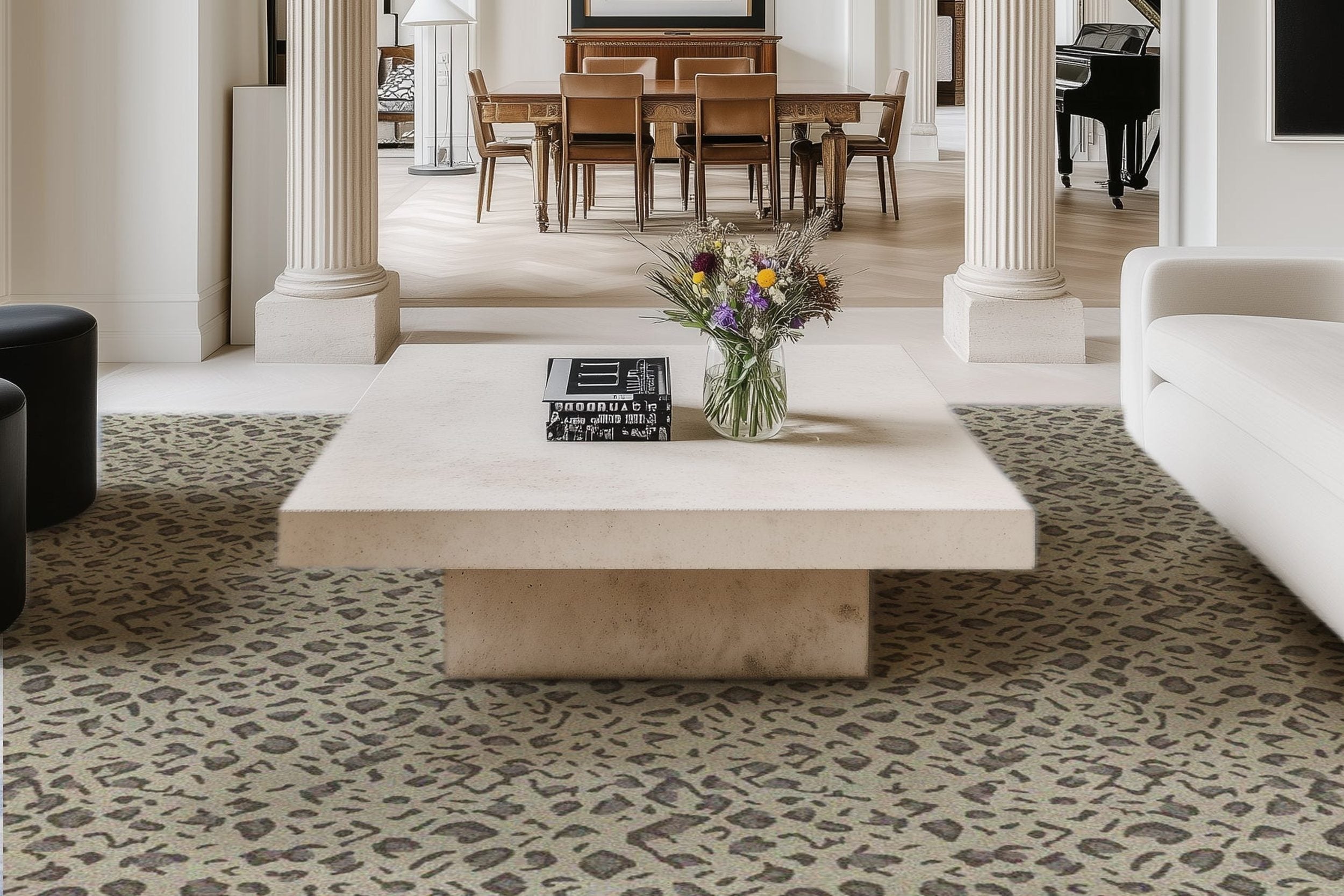What Makes Hand-Woven Anatolian Rugs Unique?
Hand-woven Anatolian rugs are known for their deep-rooted history and distinctive craftsmanship. They are made using traditional techniques that have remained consistent for centuries. Each rug is created on a loom, using hand-spun wool and natural dyes. The process is time-consuming but results in a highly durable and visually detailed textile.
These rugs often carry visual patterns that reflect the cultural background of the region they come from. Cities like Konya, Bergama, and Kayseri have developed their own recognizable styles. Common features include symmetrical knots, geometric layouts, and symbolic motifs. The meanings behind these motifs often relate to nature, protection, and family.
Over time, Anatolian rugs evolved from functional items into artistic expressions. Their colors, compositions, and methods became a model for other weaving cultures. The influence spread first regionally, then globally, through trade and cultural exchange.
How Did Anatolian Rug Weaving Techniques Influence Other Regions?
One of the most impactful contributions of Anatolian rugs was the use of the Turkish (Gördes) knot. This symmetrical knot gave the rugs a stronger and more balanced structure. It was easier to apply in repetitive patterns, which made it ideal for large-scale production without compromising durability.
This knotting method was later adopted in rug weaving centers outside Anatolia, including parts of the Middle East, North Africa, and Eastern Europe. The medallion layout, another key Anatolian feature, inspired similar designs in Persian and Caucasian rugs. These elements made Anatolian techniques a template for rug production beyond their borders.
Trade also played a major role in this influence. Rugs from Anatolia were exported widely during the Ottoman period. They appeared in European art and architecture, which increased their popularity and visibility. Eventually, European weaving industries began incorporating Anatolian styles into their own production processes.
Why Are Anatolian Rugs Important Culturally and Historically?
Anatolian rugs carry cultural value because they represent the social life and traditions of the communities that produced them. Each rug can be read as a record of its maker’s environment, beliefs, and experiences. For centuries, weaving was often part of daily life, especially for women in rural villages. Rugs were made for homes, marriages, and special ceremonies.
Beyond function, the patterns used in Anatolian rugs held meaning. Symbols like stars, trees, and hands were not chosen randomly. These motifs often represented fertility, protection, or spirituality. Over time, they became a visual language passed from one generation to another.
This cultural depth gave Anatolian rugs a different status compared to other decorative textiles. Museums and collectors value them not only for their aesthetic quality but also for their historical context. They serve as physical artifacts of past societies and their way of life.
What Technical Features Set Anatolian Rugs Apart?
There are three core features that define the technical quality of hand-woven Anatolian rugs:
- Use of the symmetrical Turkish knot, which provides structural integrity
- Natural dyeing techniques, especially with madder root, walnut husks, and indigo
- High-density weaving with region-specific motifs and layouts
Natural dyes ensured that the colors aged well and remained vibrant over time. This made Anatolian rugs more desirable, especially in markets where color durability mattered. Wool quality also played a role. Locally sourced wool had the right texture and strength for long-lasting use.
The design logic was another distinguishing point. Anatolian weavers developed border systems, field structures, and central motifs with a consistent visual rhythm. These components were not randomly combined. They followed established rules that helped the viewer understand the flow of the design.
How Did Anatolian Rugs Spread Globally?
The spread of Anatolian rug weaving began through Ottoman trade networks. Rugs were transported to Europe, North Africa, and parts of Asia through both land and sea routes. Coastal cities like İzmir became major export points for these goods. Over time, Anatolian rugs became popular in European homes and churches.
European paintings from the 15th and 16th centuries often featured Anatolian rugs, especially in portraits of religious or royal figures. These visual references introduced Anatolian designs to European audiences, increasing demand. As the market grew, some Western manufacturers started copying these styles in their own factories.
During the Industrial Revolution, the production of machine-made rugs increased. However, many still followed the design patterns first developed in Anatolia. This shows that the influence of these rugs continued even when production methods changed.
Which Countries Integrated Anatolian Rug Design Into Their Own Styles?
Several countries adopted elements of Anatolian rug design into their weaving industries. In Iran, while Persian knots were already used, certain border designs and color arrangements were clearly inspired by Anatolian models. Indian Mughal carpets in the 17th century began using medallion layouts and geometric balances seen in Turkish rugs.
In the Caucasus region, rug designs began to feature more symmetrical layouts similar to those from Anatolia. Even in North Africa, some weaving communities started to apply color combinations and knotting styles that mirrored Turkish methods.
Western countries also showed interest. Workshops in France and England adapted Anatolian patterns into their textile production. Although the materials and techniques were different, the core design logic remained similar. This was a direct result of Anatolian rugs entering the global market during key periods of trade.
How Are Anatolian Rugs Used Today?
Today, hand-woven Anatolian rugs (Turkish equivalent: el dokuma halı) are still produced, though at a smaller scale than in the past. Many weavers continue to use traditional tools and methods, especially in rural regions of Türkiye. Some cooperatives and government-supported programs aim to preserve these practices by training new generations.
Collectors value authentic Anatolian rugs for their craftsmanship and history. Museums often display them as part of cultural heritage collections. Restoration experts also study them to understand past weaving methods, especially for preserving antique textiles.
Modern rug designers frequently draw inspiration from Anatolian patterns. While some rugs are now machine-made, many still follow the visual rules established centuries ago in Anatolia. This ongoing influence shows how traditional craft continues to shape global design.
Conclusion
Hand-woven Anatolian rugs changed the world of rug weaving by setting clear standards in design, structure, and symbolism. Their techniques influenced many other weaving traditions across regions and centuries. Today, they remain both a historical reference and a living tradition.
Browse by Category

Design Projects
Explore interiors from client work and personal renovations — layered, livable, and always in progress.
read more →
Collaborations
From product launches to styled spaces, discover the brand stories I’ve helped bring to life.
read more →
The Notebook
A growing archive of iconic designers, inspiring artists, and unforgettable design moments.
read more →
Travel by Design
Wander with a designer’s eye — from charming hotels and city guides to visual inspiration abroad.
read more →





